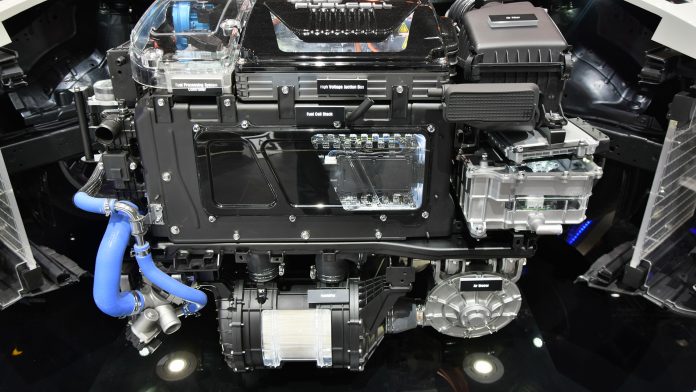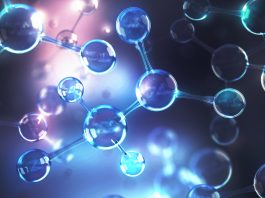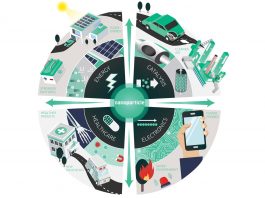Researchers at University of California Los Angeles have made a significant advancement in the development of microbial fuel cells.
Microbial fuel cells are a novel technology that use natural bacteria to obtain the electrons from organic matter in wastewater to produce electrical currents.
In a recent study, a team of scientists at University of California Los Angeles (UCLA) have made a groundbreaking step forward in this field.
“Living energy-recovery systems utilising bacteria found in wastewater offer a one-two punch for environmental sustainability efforts,” explained co-corresponding author Yu Huang, a professor and chair of the Materials Science and Engineering Department at the UCLA Samueli School of Engineering. “The natural populations of bacteria can help decontaminate groundwater by breaking down harmful chemical compounds. Now, our research also shows a practical way to harness renewable energy from this process.”
Shewanella bacteria
The researchers centred their attention on the bacteria genus called Shewanella, which has been extensively investigated for its energy-generation capabilities. Shewanella is capable of growing and prospering in a wide range of environments – such as soil, wastewater and seawater – and irrespective of oxygen levels.
Shewanella naturally breaks down organic waste matter into smaller molecules, with electrons being a byproduct of the metabolic process. When the bacteria grow as films on electrodes, it is possible to obtain some of the electrons, creating a microbial fuel cell that produces electricity.
However, until now, microbial fuel cells powered by Shewanella have not captured enough currents from the bacteria to make the technology feasible for utilisation in industrial. Few electrons could move fast enough to evade the bacteria’s membranes and enter the electrodes in order to offer sufficient electrical currents and power.
Adding silver
To overcome this challenge, the UCLA team combined nanoparticles of silver with electrodes comprised of a type of graphene oxide. These nanoparticles release silver ions, which bacteria then reduce to silver nanoparticles by utilising electrons produced from their metabolic process, which are then integrated into their cells. Once inside the bacteria, the silver particles behave as microscopic transmission wires, acquiring more electrons generated by the bacteria.
“Adding the silver nanoparticles into the bacteria is like creating a dedicated express lane for electrons, which enabled us to extract more electrons and at faster speeds,” added Xiangfeng Duan, the study’s other corresponding author and a professor of chemistry and biochemistry at UCLA.
More efficient microbial fuel cells
With vastly enhanced electron transport efficacy, the resultant silver-infused Shewanella film outputs over 80% of the metabolic electrons to external circuit, producing a power of 0.66 milliwatts per square centimetre — which is more than double the preceding optimal efficiency for microbial-based fuel cells.
With the enhanced current and increased efficiencies, the study, which was supported by the Office of Naval Research, indicated that fuel cells powered by silver-Shewanella hybrid bacteria may result in more abundant power output in practical settings.









